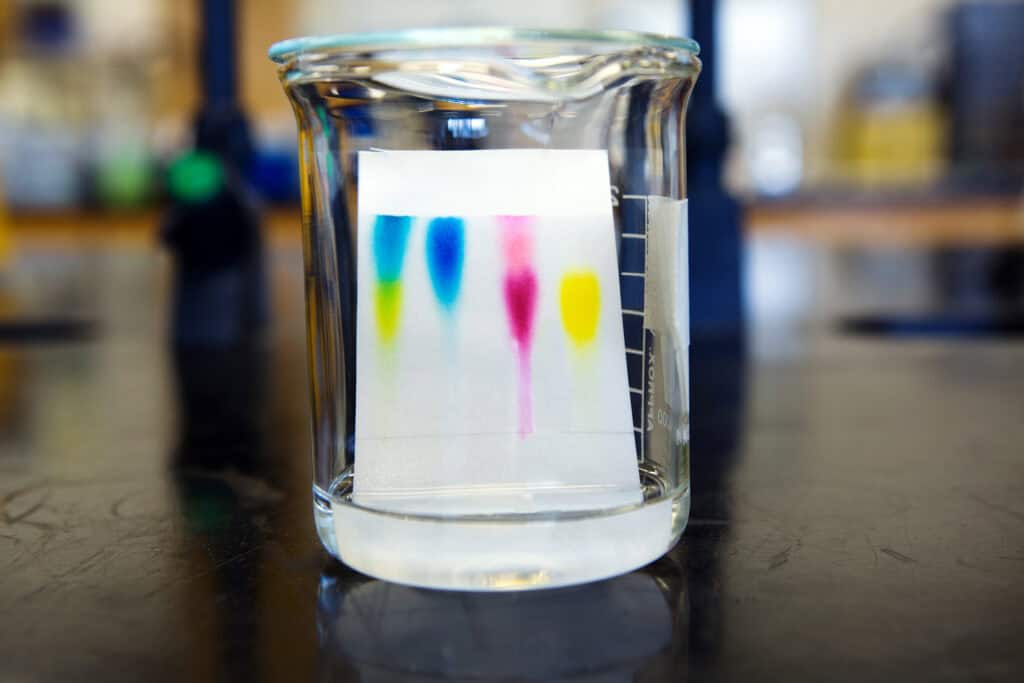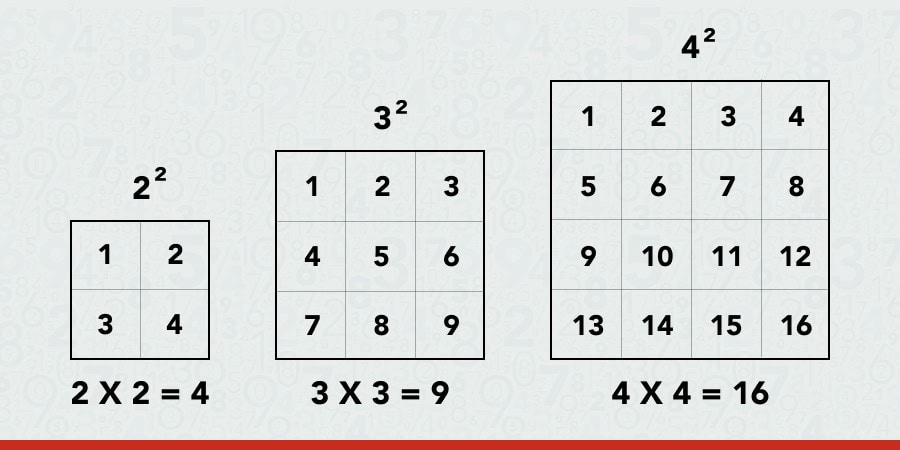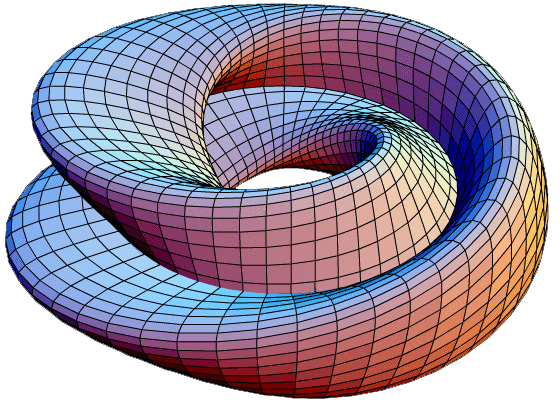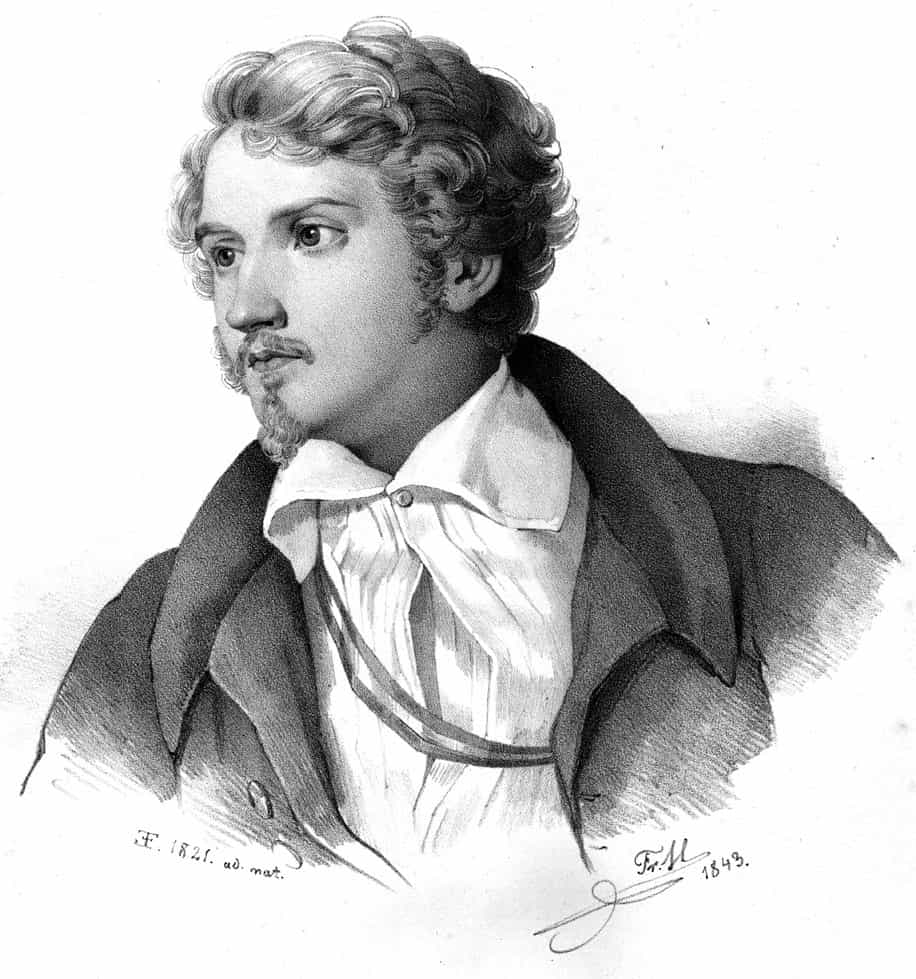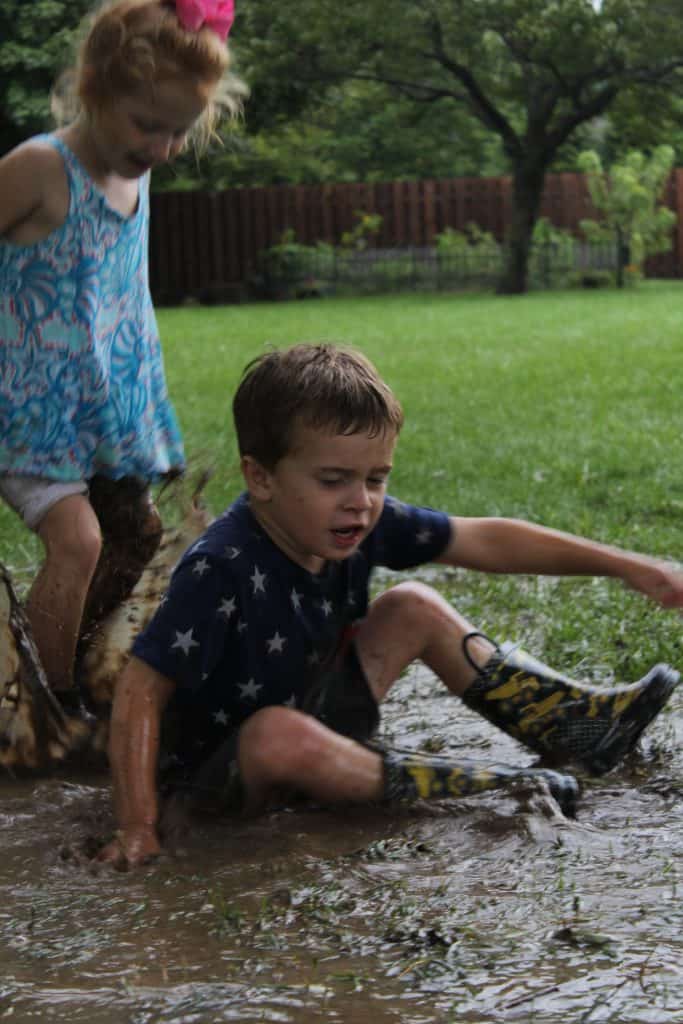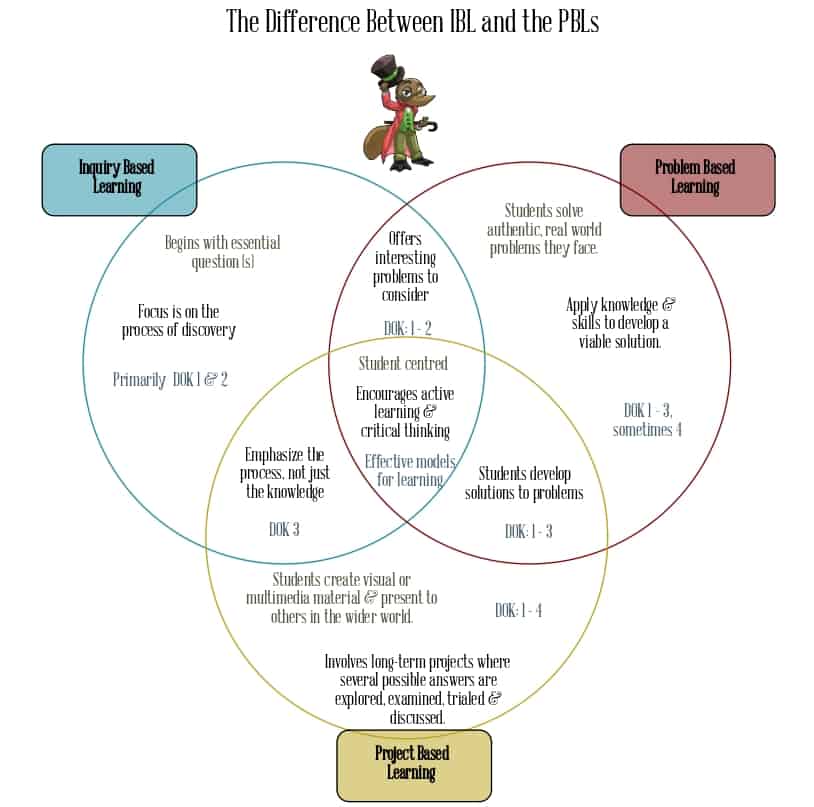Thin Layer Chromatography (TLC) is one of the most approachable yet powerful chromatography techniques. Building on the foundations of paper chromatography, TLC offers clearer results, faster separations, and more flexibility for scientists in the lab as well as learners in the classroom. Thin Layer Chromatography: A Brief History Thin Layer Chromatography (TLC) emerged from scientific …
